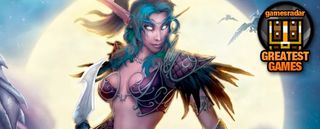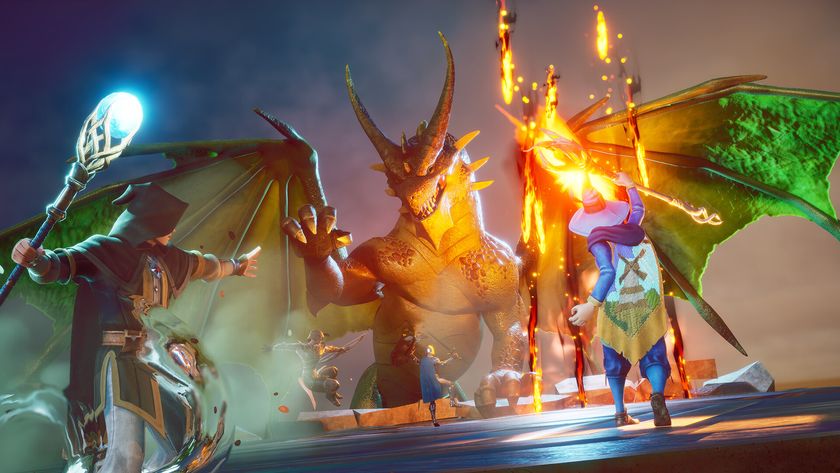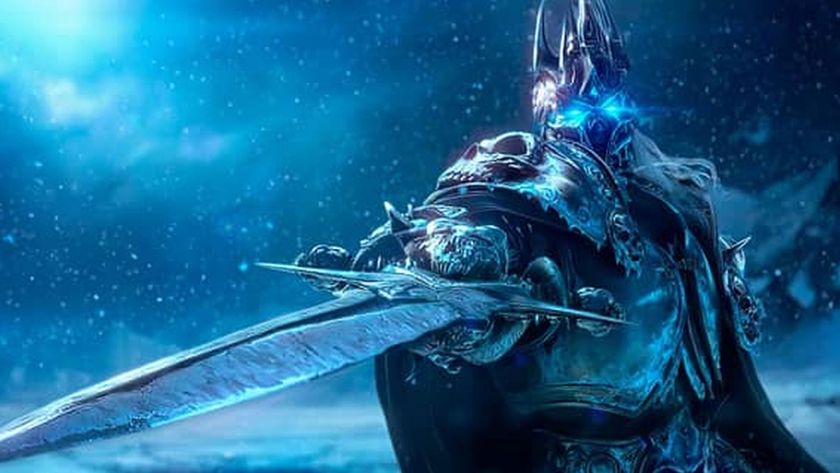Why World of Warcraft is one of the greatest games ever made
And no, it’s not because it has more players than most other MMOs combined

For a second, forget about whether or not playable pandas will ruin World of Warcraft (hint: they won’t). Forget about “welfare purples,” “broken” class mechanics, or the jaded WoWers’ ill-conceived belief that Blizzard is inept when it comes to MMO design. World of Warcraft is, without a doubt, one of the best games ever. It took ideas and mechanics straight from the genre’s originators and streamlined them in ways no game had before. WoW wasn’t a niche experience enjoyed almost exclusively by the fantasy crowd--it infected the hard drives of families and hardcore gamers alike. In any given pick-up group, you were just as likely to party with husbands, wives, ex-husbands divorced by neglected wives (or vice versa), kids, teens and tweens.
Prior to WoW’s launch in 2004, MMOs were often structured in such a way that only players who were able to dedicate hours of play per day could enjoy them. Many had taxing death penalties (ahem, Everquest), and several more required lots of grinding to hit that ever-elusive level cap. WoW, on the other hand, allowed you to quickly get back in the action after death, simply diminishing the durability of your gear instead of detracting experience points from your character. It also revamped the leveling experience by establishing myriad questing hubs--small outposts bloated with quests--to disguise the amount of grinding necessary to level. No, quests weren’t a new idea, but WoW piled them on you seemingly ten at a time. Killing 20 monsters under the guise of a quest was far more enjoyable than killing them just for experience points, especially when completing quest objectives yielded additional rewards.
What’s more, those quests embellished the rich lore established by the Warcraft series--especially the hugely popular Warcraft III: Reign of Chaos and its expansion, The Frozen Throne. To this day, the Warcraft universe maintains one of the most fully realized fictions in gaming, spawning a series of comics, novels, board games, trading card games, and more. It’s immensely deep, and produced some fantastic fantasy heroes and villains. From its launch, WoW was extremely successful at dividing its fanbase into two of the most fiercely loyal factions in all of gaming. If you chose to play on the Alliance side, players often lamented that the Horde were better at structured PVP, while Horde players complained the opposite, often adding that Alliance players predominantly consisted of babies and sexually inexperienced males.
While none of the claims from either side were ever statistically proven, both factions resented one another with immense hatred. Those grudges often carried over into real life. Just watch Youtube videos from Blizzcon, Blizzard’s once-annual convention, where you’ll see thousands of players en masse shouting “for the Horde!” or “for the Alliance!” in unison.

That faction loyalty was further fueled by guilds--large groups of players that worked together under one uniting banner. While guilds existed long before WoW, the game’s sheer number of players resulted in huge communities that promoted teamwork and rivalries while cultivating friendships, marriages, and (probably) lots of break-ups.
Sign up to the GamesRadar+ Newsletter
Weekly digests, tales from the communities you love, and more

24 years later, RuneScape gets its own survival game – RuneScape: Dragonwilds turns the MMO into a co-op game with RPG juice and Valheim energy, and it's out this year

Following a high-profile guild quitting WoW Classic Hardcore, Blizzard makes the unprecedented decision to revive MMO characters that die during DDoS attacks "at our sole discretion"











